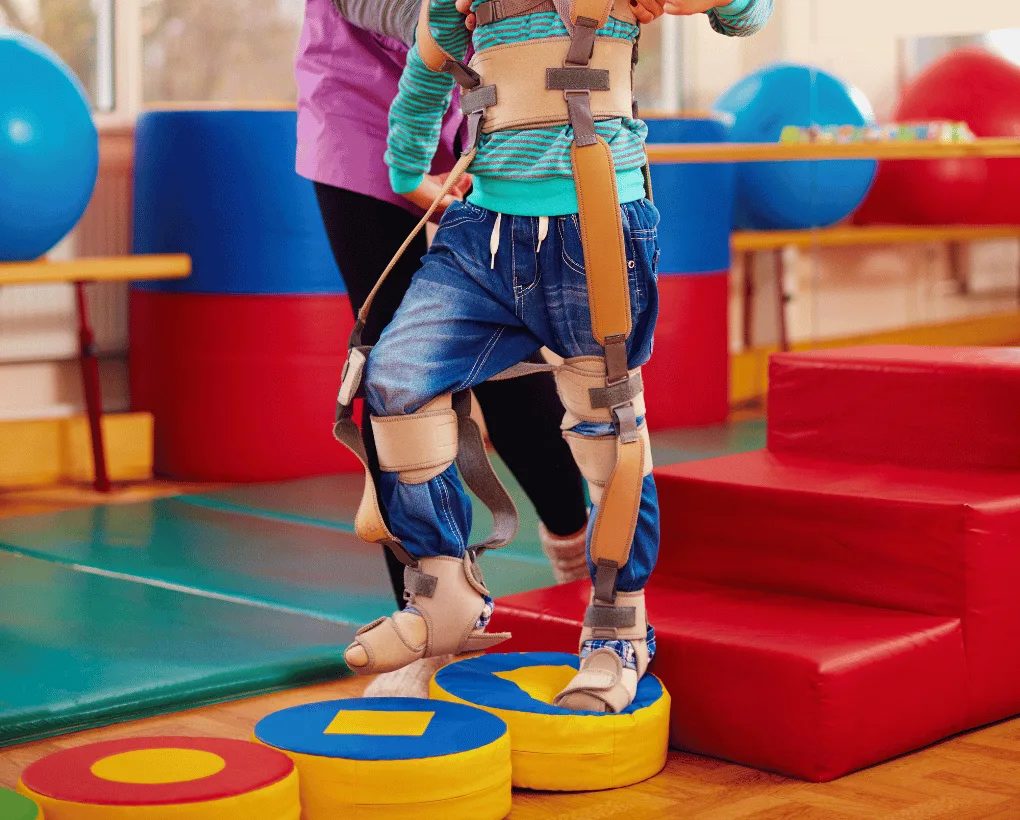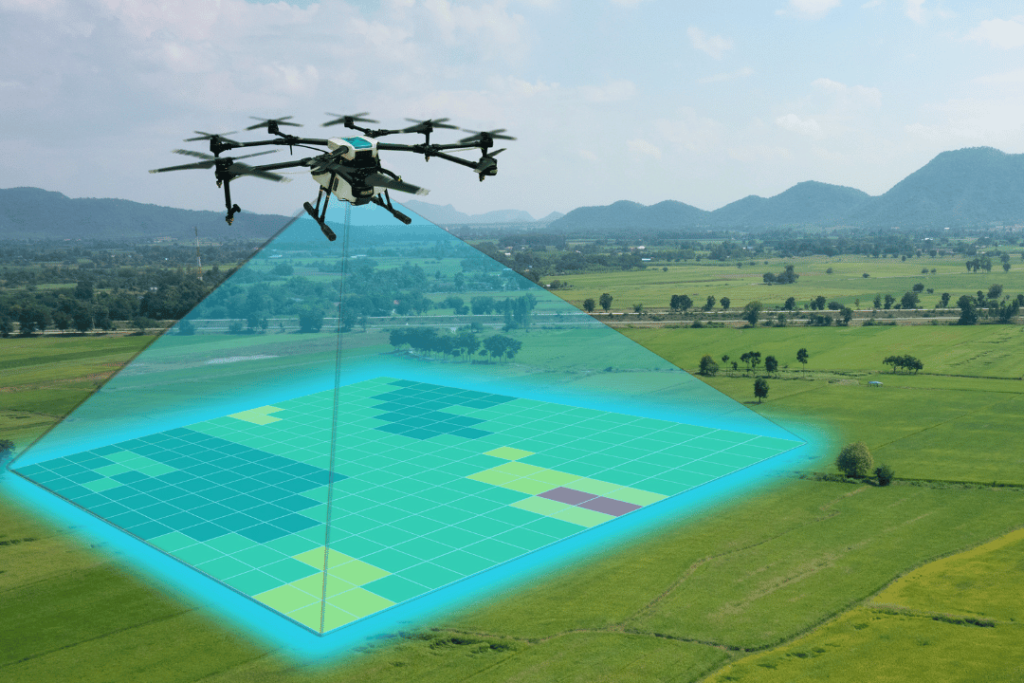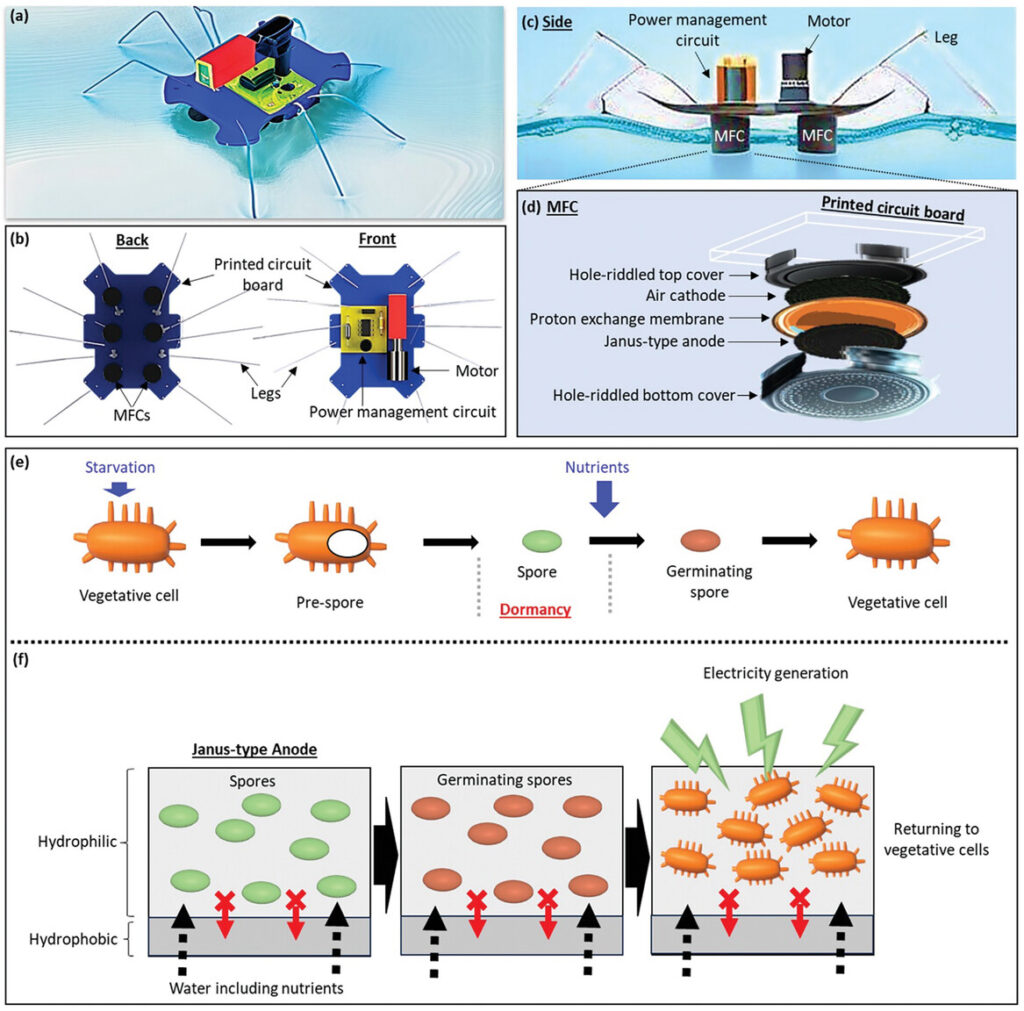Imagine you are learning to juggle or perform a complex dance routine. It takes time, practice, and a series of small steps before you can master the movements. Researchers are now teaching machines to do something very similar. In a groundbreaking study, scientists developed a way for artificial intelligence (AI) to learn motor skills by mimicking the process humans go through to master tasks like these.
The research, led by Alberto Silvio Chiappa and his team, focuses on training an AI to control a human-like hand, teaching it to handle objects, such as Baoding balls (those small metal balls used for hand exercises). They used reinforcement learning—a type of machine learning where an AI learns by trial and error—and combined it with a structured approach, or “curriculum,” to train the AI in the same way a coach would guide a human.
The Problem of Movement
The human hand is capable of incredible feats of dexterity, controlling 23 joints and 39 muscles to do everything from typing to playing the piano. Yet, understanding how the brain coordinates these muscles to perform even simple actions is one of neuroscience’s greatest puzzles. To get closer to figuring this out, scientists use simulations—digital recreations of body parts—like OpenSim, which models the human hand. However, these simulations have their limits, and controlling such complex systems requires enormous computational power.
This is where Chiappa’s team made significant strides. They employed a highly efficient simulator called MyoSuite, which is up to 4,000 times faster than previous models. It allowed them to simulate hand movements and object manipulation at an unprecedented speed. They combined this with reinforcement learning to train the AI to rotate two Baoding balls in the palm of a simulated hand.
The AI Curriculum for Learning Motor Skills
Here’s where things get really interesting. Humans don’t learn complicated skills like juggling in one go. Instead, we break it down into smaller steps, starting with simple tasks and gradually building up to more complex actions. The researchers designed a similar approach for their AI, which they called the “Static to Dynamic Stabilization” (SDS) curriculum.
In this method, the AI first learns to hold the balls still—a simple but foundational skill. Once it can do that consistently, it moves on to more dynamic tasks, like rotating the balls in a smooth motion. This step-by-step process ensures that the AI doesn’t become overwhelmed by the complexity of the final task, much like a gymnast first mastering a handstand before attempting a backflip.
Dr. Alexander Mathis, one of the lead scientists on the project, explained, “Our AI learns motor tasks in much the same way humans do—by starting with the basics and gradually increasing the difficulty. This structured learning approach allows the AI to develop more robust control over its movements.”
Why This Matters
So, why is this research important? Well, understanding how AI can learn to control muscles and joints could lead to breakthroughs in robotics, prosthetics, and even healthcare. For instance, it could help in designing robots that can assist with complex surgeries or create prosthetic limbs that move just as smoothly and naturally as biological ones.
One of the most exciting findings from this study was how similar the AI’s learning process is to how humans master physical skills. Like humans, the AI discovered it could reduce the complexity of hand movements by focusing on a smaller number of muscle combinations—known as “motor synergies”—to complete the task. This insight could open the door to new ways of understanding human motor control and improving rehabilitation for people recovering from injuries.
However, the study also found some limitations. The AI struggled to apply what it learned in one task to a completely different one—an issue that both machines and humans face. When the AI tried to perform other motor tasks like rotating different objects (like a pen or a die), it needed to develop new motor patterns from scratch, indicating that the skills it had learned were highly task-specific.
What’s Next for AI Motor Learning?
This study is just the beginning. Future research could make AI more adaptable, allowing it to transfer its skills from one task to another, much like how humans can apply their knowledge of riding a bicycle to learning how to ride a motorcycle.
As Dr. Chiappa puts it, “We’re beginning to bridge the gap between artificial and biological motor control. Our approach could one day lead to machines that not only replicate human dexterity but do so in a way that is energy-efficient and adaptable across many different tasks.”
This type of AI could transform industries. Imagine robots that can perform delicate, precise tasks like handling fragile goods in a warehouse or even assisting in medical procedures with a level of control that closely mimics human abilities. Moreover, the understanding gained from these simulations could eventually help people recovering from strokes or injuries relearn motor skills faster and more effectively.
For more, visit: https://doi.org/10.1016/j.neuron.2024.09.002



